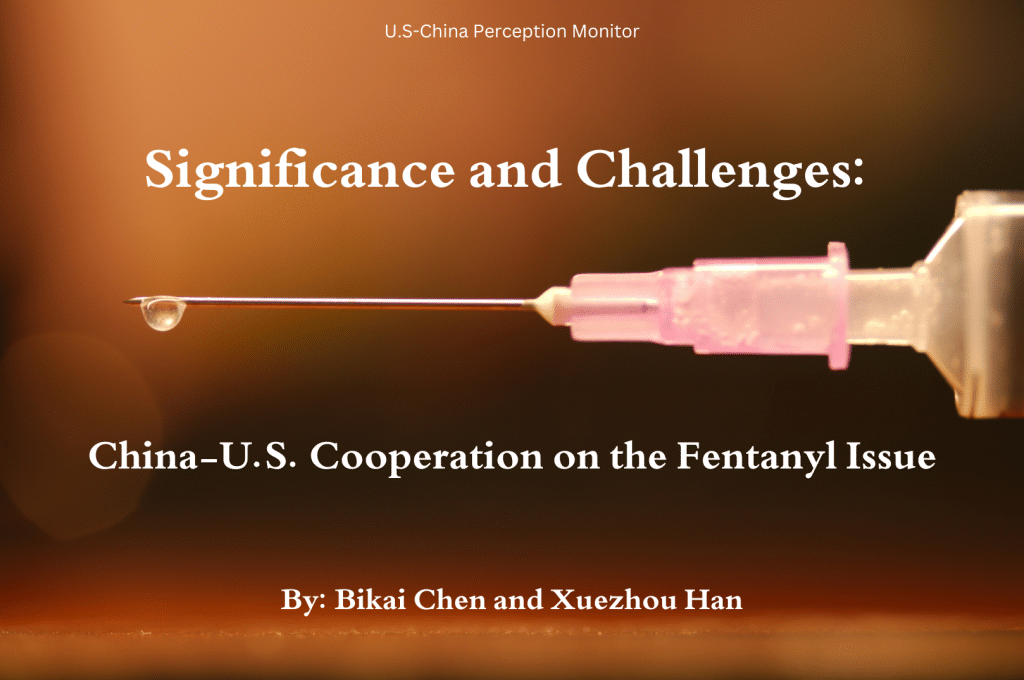Asian Shares Fall Despite Chinese Regulators’ Move to Calm Nerves
Erratic swings in Chinese trading pushed Asian markets lower Tuesday, as investors struggled to interpret Beijing’s latest cuesabout its role in the market.
The Shanghai Composite Index closed down 0.3% at 3287.71, after falling as much as 3.2% and rising as much as 1% in earlier trading. The benchmark lost 6.9% on Monday, its worst start to the year on record.
Australia’s S&P/ASX 200 fell 1.6%, Japan’s Nikkei Stock Average dropped 0.4% and Hong Kong’s Hang Seng Index fell 0.7%.
One cause for the volatility in China’s markets is investors’ uncertainty about how the stock regulator will handle a ban on selling by large stakeholders, expected to expire on Friday.
Analysts estimate the ban, one of the many bailout measures introduced during the summer stock crash, could free shareholders up to sell around 1 trillion yuan ($152.96 billion) of shares, a prospect that triggered a steep selloff Monday and ricocheted across global markets.
On Tuesday before China markets opened, the stock regulator aimed to quell investor worries, saying such large-scale, coordinated selling was “unrealistic,” and that more guidelines would be announced later in the day.
“The worry in the market is that they see the Chinese government can change their rule or policy any time,” said Yuming Ying, managing director at China Eagle Asset Management Ltd.
The statement by the Chinese Securities Regulatory Commission could signal that Beijing will continue to prevent massive selling, said Bill Bowler, Asian equities trader at Forsyth Barr Asia. Analysts said that state-backed funds likely intervened by buying shares, given that the SSE50, an index of Shanghai’s largest 50 firms, finished up 0.9%.
China’s central bank also announced a 130 billion yuan ($19.9 billion) injection of short-term funds into the country’s financial system.
While markets initially gained in the morning after both announcements, selling resumed in the afternoon, as investors appeared to lose confidence in the level of Beijing’s commitment to stabilizing the market.
On Monday, declines in Chinese blue chips were so severe that a new circuit-breaker system forced mainland authorities to halt trading early for the day. In its statement Tuesday, the stock regulator said the circuit breaker system protects the interests of small investors and that it will be fine-tuned.
Early Tuesday, Chinese authorities also guided the yuan weaker through its daily fixing for the sixth session in a row, at 6.5169 to one U.S. dollar compared with 6.5032 Monday, its weakest since 2011.
The offshore Chinese yuan, which trades freely, last traded at 6.6384 to one U.S. dollar compared with 6.6283 late Monday, its weakest in roughly five years. The onshore yuan, which can trade up or down 2% from the authorities’ fixing, traded at 6.5199, compared with 6.5338 to the dollar.
Brent crude oil prices last rose 0.3% to $37.33 a barrel. Oil prices had risen in Asian trade Monday before giving up gains following the China data release.
Gold prices were up 0.2% at $1,077.70 a troy ounce.
By CHAO DENG January 5, 2016 in The Wall Street Journal









